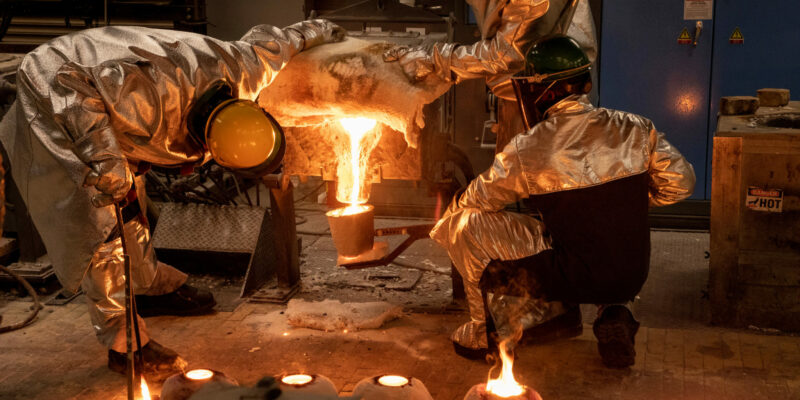Day: March 13, 2020
Researchers awarded $2.2 million grant to develop sensors for steelmaking
Steelmaking involves the handling of corrosive metal and oxide fluids at extremely high temperatures – about 1,600 degrees Celsius, which is several hundred degrees hotter than fresh lava from Mount Kilauea in Hawaii. Measuring the temperature, chemistry and fluid flow of molten steel under these conditions in real time is important to enable rapid responses to the changes in the steel during its production, according to researchers. The U.S. Department of Energy has awarded Missouri S&T part of a $2.2 million grant to develop new, more efficient ways to measure temperature, flow and chemistry during steelmaking to cut costs and improve worker safety.
Read More »